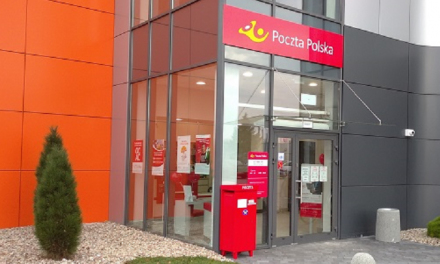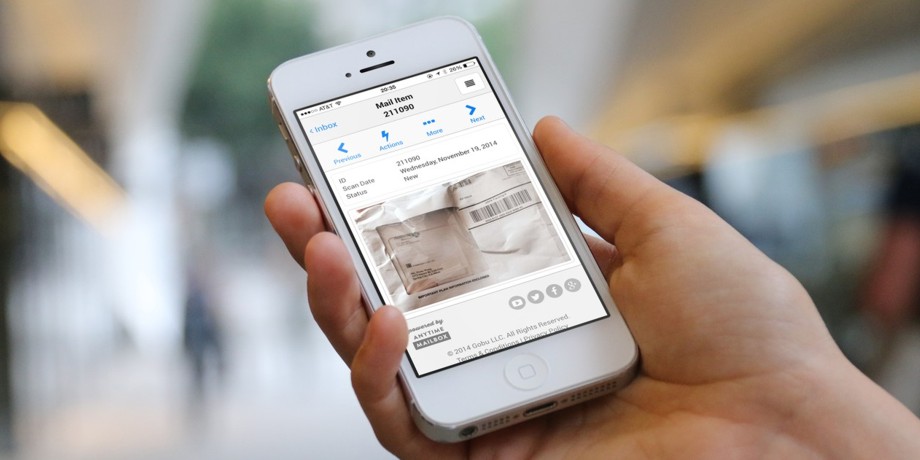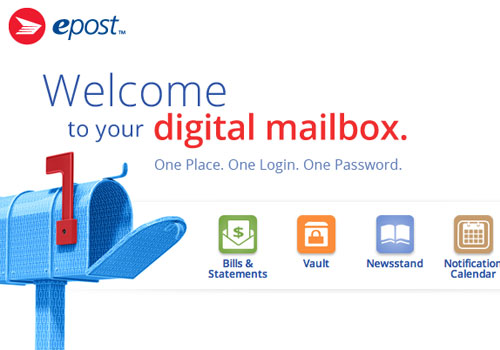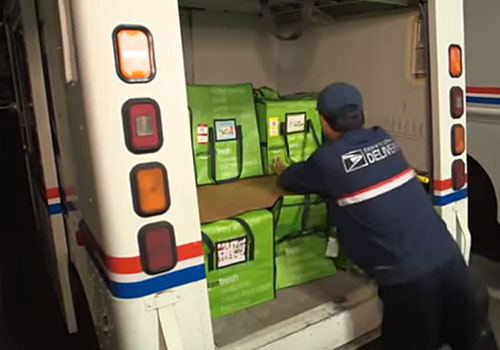
US digital transactional mail volumes to double by 2014, says study
The number of Americans paying their bills and receiving statements purely electronically is set to double by 2014, according to new research. Infotrends, a market research firm based just outside of Boston, Massachusetts, said yesterday that it believes the 11% of US bills and statements currently being delivered digitally will increase to 22% in the next few years.
The study involved surveys of more than 1,500 consumers and 300 businesses, as well as in-depth interviews with 25 transactional mail companies and digital mailbox providers.
One of the major barriers to more consumers paying their bills online is the need to remember an array of different usernames and passwords for different service provider websites, the research stated. The concern was cited by 60% of consumers asked.
Bill consolidators and bank bill-paying websites are attempting to solve this problem, along with digital mailbox providers like doxo, Manilla and Zumbox, who also seek to combine bill paying with the sending and receiving of various types of digital mail.
The study suggested by 2015, 2bn transactional documents will be delivered to US consumers each year in digital mailboxes, representing 7% of all transactional documents and 19% of all paperless delivery.
Some 8.5bn documents would be delivered by other electronic means in 2015, leaving 18.7bn sent through the physical mail, a 24% drop on physical transactional mail volumes seen in 2010.
The digital mail market would be worth $323m in terms of paperless delivery fees, the research suggested commenting that while current digital mailbox providers have a head start on the market, other new entrants were likely to emerge.
Infotrends associate director Matt Swain said: “All players in the customer communications delivery value chain will be impacted by digital mailbox services as volumes shift, the economy changes, and new competitors, partners and suppliers emerge.
“It is critical that companies understand the opportunities that digital mailbox services present and the future impact this emerging channel will have on their businesses,” added Swain.
Volly
US mail services giant Pitney Bowes is expecting to launch its new Volly digital mail service to consumers in 2012, having spent much of this year attracting transactional mailers to add the channel to their communications networks.
Last week, the company based in Stamford, Connecticut, revealed that it has now signed 30 strategic alliance agreements so far with large third-party mailers to use the Volly service.
It said the signed agreements were with large-volume mailers and service bureau that represent more than 4,000 individual companies and consumer brands sending out mail to customers, who together currently send out 6bn mailpieces each year.
The company has delayed its consumer launch into 2012 specifically to ensure it has a larger number of mailers to use Volly when it comes time for consumers to sign up for their own digital mailbox.
Swain said this kind of density of mailers using a digital mailbox service was key, and that pursuing high-volume mailers and service bureaus was the fastest way to achieve it.
“Pitney Bowes is going a great job of leveraging its extensive relationships with high-volume mailers to help reach the density necessary to make Volly an attractive consumer destination,” he said.
Chuck Cordray, the Volly president, said building density into a digital mail service depended on trust between service provider and mailer, but also between mailer and consumer.
The Volly service, which as with its rivals will be offered to consumers free of charge, is intending to offer the potential for mailers to send catalogues, coupons and promotions to consumers digitally, but only if consumers opt-in to receive them.
Cordray said: “The Volly secure digital delivery system was purposefully designed so that it supports the mailer’s brand while offering a new, powerful channel for customer communications. Brands control their messaging, and consumers control their chosen senders, creating a powerful, interactive marketplace.”













